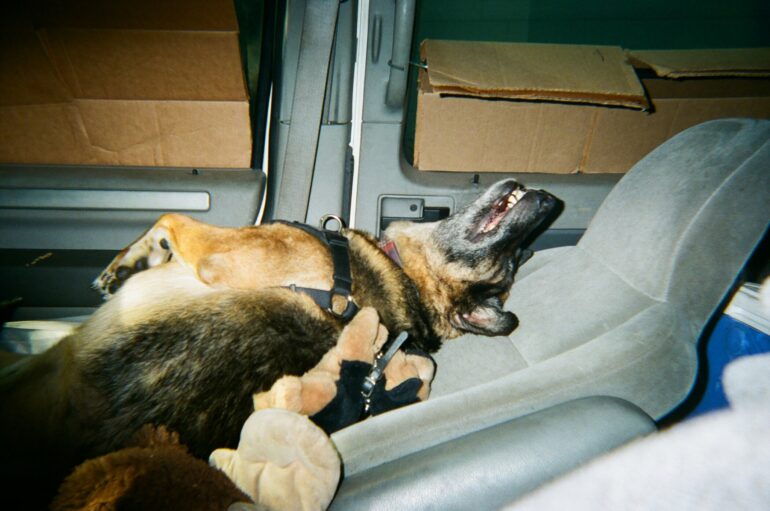In a new study, people experiencing homelessness with a pet documented their lives in photos and participated in interviews, revealing their experiences and potentially informing support initiatives. Gemina Garland-Lewis of the University of Washington, Seattle, and colleagues present this project in the open-access journal PLOS ONE.
Having a pet while experiencing homelessness can boost physical and mental health and provide social benefits. However, it can pose unique challenges, such as making it difficult to access medical care, shelters, and other services at facilities that restrict pet entrance. Often, owners choose to forgo services in order to remain with and care for their pet, and many face harassment from people perceiving them as “unfit” for pet ownership.
Proposed efforts to address these barriers assert the importance of modifying public perceptions of this population. To explore how such change could be implemented, Garland-Lewis and colleagues conducted a Photovoice project—a research method that invites community members to take photos that can help deepen understanding of a certain issue and drive change.
They recruited Seattle-area pet owners experiencing homelessness; a total of 19 participants of varied ages, genders, and living situations captured their daily lives in more than 900 images.
After reviewing the photos and interviewing participants, the researchers identified key themes: the mental and physical health benefits of the human-animal bond, the importance and strength of the bond itself, and the bond serving as motivation for daily activities and positive changes, such as staying sober or finding housing.
![The human-animal bond as motivation. "It's been substantially comforting to have that bond, that connection with him and it's helped us strive for a better life for not just him, but ourselves. I don't think we would have been pushing ourselves to get into an actually housed place before we got Nugget as much as we did. The amount of care and effort it takes to have a being like that in your life makes you have to care about yourself and [it] puts a lot of insight into who you are, too. Cuz you're teaching this creature to be who he is." ~ Grace and Nugget. Photo used with permission of Grace Stroklund. © Garland-Lewis et al., 2024, PLOS ONE, CC-BY 4.0 (creativecommons.org/licenses/by/4.0/) Photo project reveals life with a pet while experiencing homelessness](https://techandsciencepost.com/wp-content/uploads/2024/03/Photo-project-results-in-positive-change-in-attitudes-towards-people.jpg)
The human-animal bond as motivation. “It’s been substantially comforting to have that bond, that connection with him and it’s helped us strive for a better life for not just him, but ourselves. I don’t think we would have been pushing ourselves to get into an actually housed place before we got Nugget as much as we did. The amount of care and effort it takes to have a being like that in your life makes you have to care about yourself and [it] puts a lot of insight into who you are, too. Cuz you’re teaching this creature to be who he is.” ~ Grace and Nugget. Photo used with permission of Grace Stroklund. © Garland-Lewis et al., 2024, PLOS ONE, CC-BY 4.0 (creativecommons.org/licenses/by/4.0/)
The project also reaffirmed known challenges faced by this population. Participants shared their own recommendations for improved services and policies, such as pet food banks and better public education about service animal laws.
The photos were exhibited to more than 500 people, including policymakers, service providers, and the public. Some housed viewers reported positive changes in their attitudes about homeless community members with pets.
The researchers say that this project increased empathy and boosted the potential for efforts to support people experiencing homelessness and their pets, especially efforts addressing health and housing.
The authors add, “Participants experiencing homelessness with a pet created over 900 photographs during this study. Collectively, their images, stories and themes deepen our understanding of homelessness with pets, leading to increased empathy and potential for policies that benefit the health of both people and their pets during times of housing insecurity.”
More information:
Shifting the Focus: A Photovoice exploration of the benefits and barriers of having a pet while experiencing homelessness, PLoS ONE (2024). DOI: 10.1371/journal.pone.0295588
Provided by
Public Library of Science
Citation:
Photo project results in positive change in attitudes towards people experiencing homelessness with a pet (2024, March 13)



